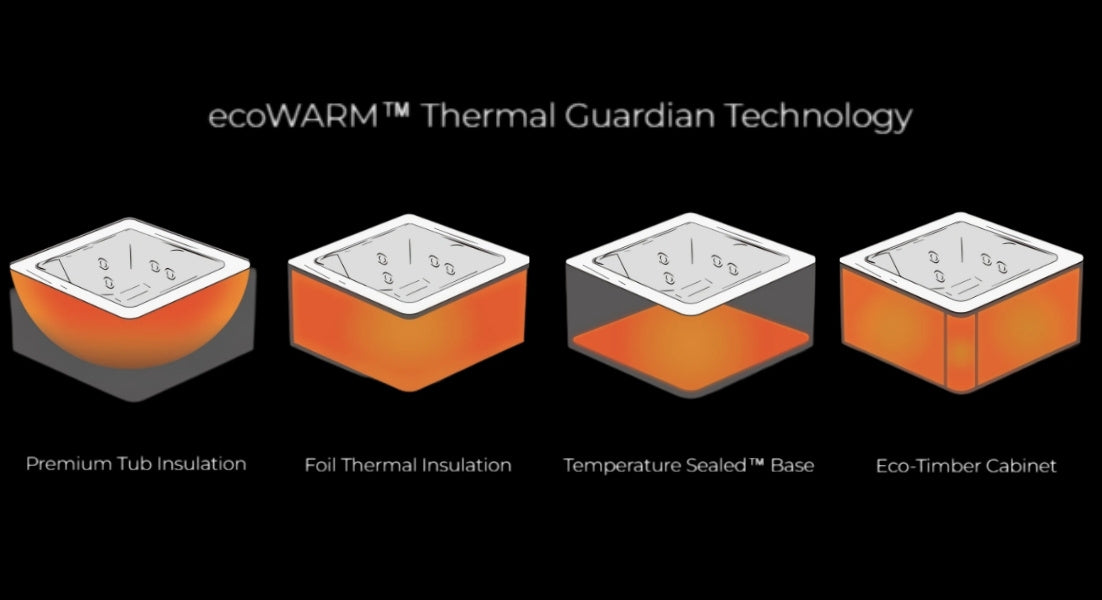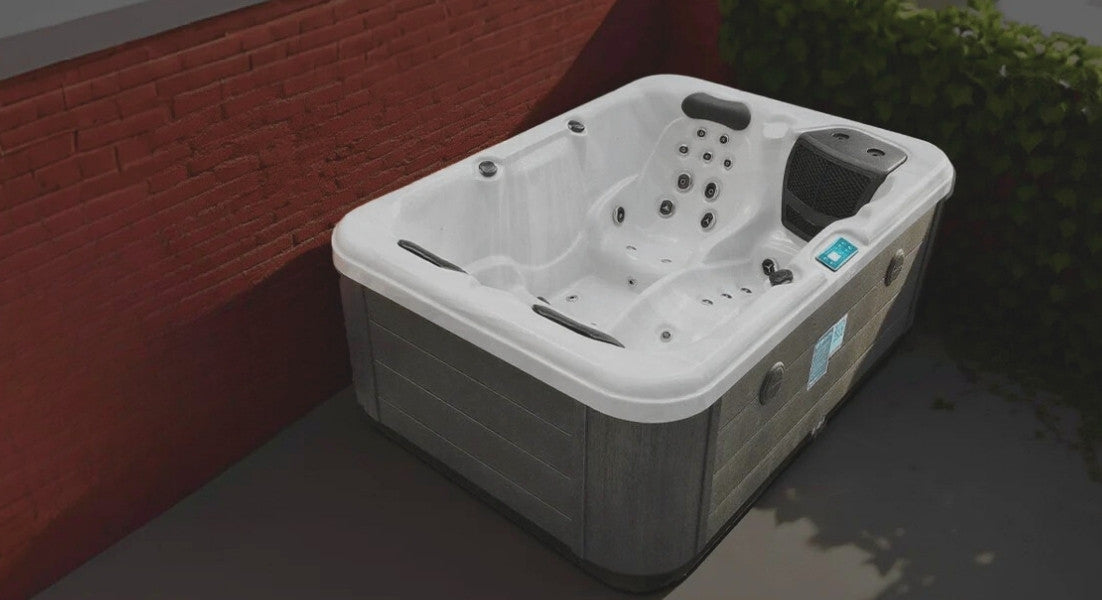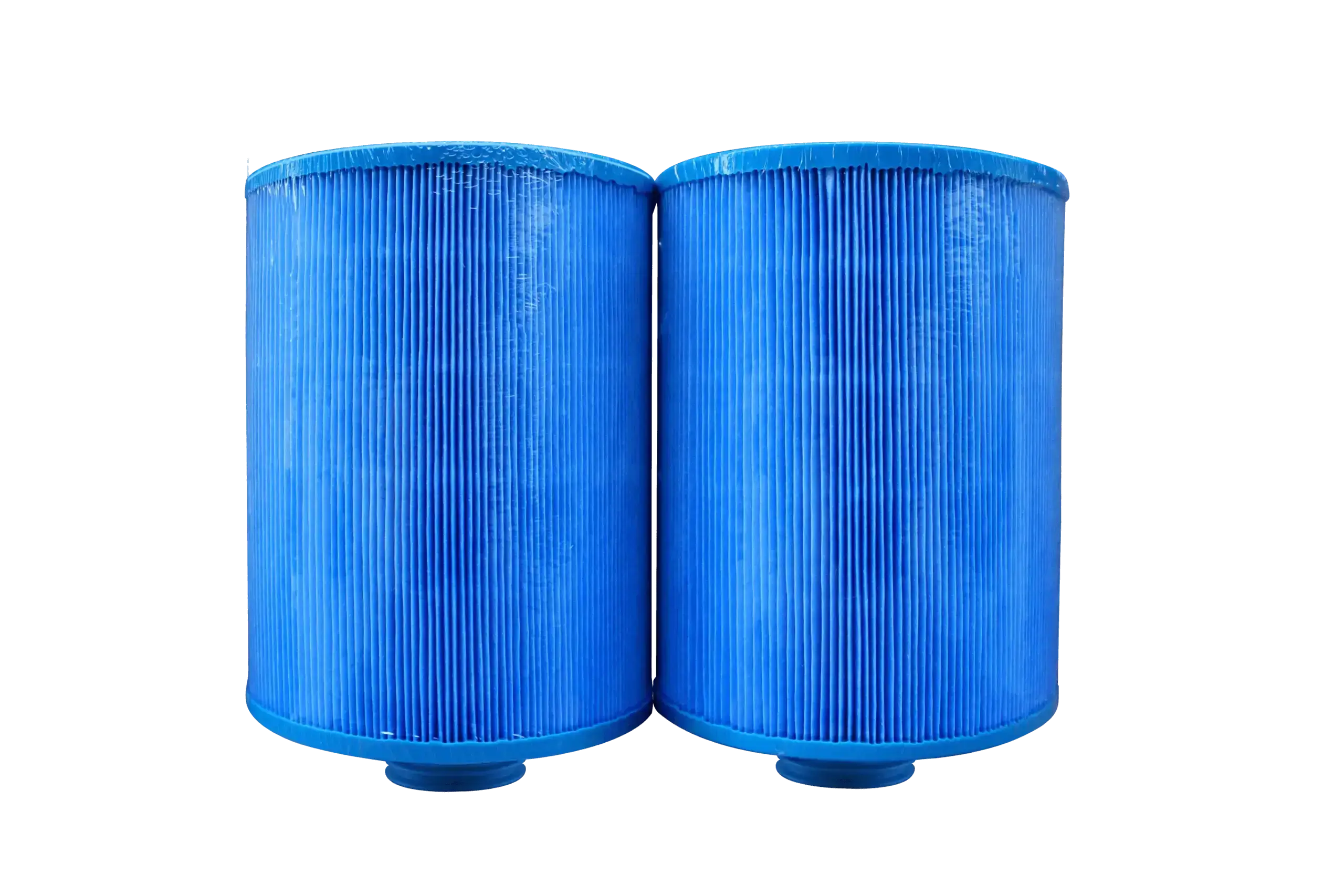What does spa shock do?
Shocking a spa is when we dose the spa water with chlorine (sodium dichlor) or non-chlorine shock (potassium monopersulfate or MPS).
Spa Shock breaks down any organic waste contaminants existing in the water and prevent the water from being overrun by contaminants. Shocking a spa is where we add a large dose of oxidiser to “shock” the water, removing contaminants from the water effectively, and prevent cloudy water. Spa shock kills bacteria, removes contaminants and also removes chloramines or bromamines from the water.
Spa Shock Types
There are two different types of Shock suitable for spas.
Dichlor
Dichlor The first is a chlorine based shock (Sodium Dichlor). The technical terms is sodium dichloro-s-triazinetrione or dichloroisocyanuric acid.
Dicholor is the most commonly used active ingredient in spa shock. Dichlor can be directly to the spas water without having to dissolve it first. Always make sure however to follow the manufacturer’s instructions.
Dichlor is stabilised so it can withstand the spa waters heat. That being said it's best to add it to your spa at dusk or at night to prevent the sun Dichlor increases your sanitizer levels as well as shocking the water The second form is a non-chlorine shock called potassium monopersulfate. or MPS) which is purely for oxidizing the water.
Non-Chlorine Shock
The most common active ingredient in Non-Chlorine Shock is potassium peroxymonosulfate. Non-Chlorine Shock is an effective oxidizer when used weekly. It removes organic contaminants such as skin cells body lotions and will effective clearly cloudy water caused by those contaminants. if you are using a chlorine or bromine as a sanitiser, adding Non-Chlorine Shock also activates free chlorine which will kill any bacteria in the water.
So Which Spa Shock Should I Use?
The type of Spa Shock to use will depend on the type of Spa Sanitiser you are using. It's best practice to use the associated line of products for your Biguanide Sanitiser - Biguanide based oxidiser, water clarifier and test strips. These products will be designed to work most effectively for that Sanitiser system.
If You Are Using Biguanide Sanitiser
If you are using Biguanide Sanitiser it's best to use a Biguanide spa shock. The active ingredient will be a hydrogen peroxide, that has been designed exclusively for use in spa water.
If You Are Using Bromine Sanitiser
If you are using a Bromine Sanitiser you can use either chlorine shock or a non-chlorine shock. If you expect a lot of contaminants in the water consider using chlorine shock for maximum protection.
If You Are Using Chlorine Sanitiser
If you are using a chlorine sanitiser use a chlorine based shock. You can also use non-chlorine shock you'll just need to add it more frequently to remove organic contaminants and keep your spa water crystal clear. Again if you expect a lot of contaminants in the water it's a good idea to stick with chlorine spa shock to kill bacteria and keep the water sanitary.
How To Effectively Shock Your Spa Water
Shocking your Spa water is a fairly straight forward process. Follow the steps below for the most safe and effective spa shock result.
- Before shocking your spa, test your spa water. You want the pH at the correct level which is between 7.4 and 7.6. If the pH is too high or too low it will affect the shock’s effectiveness.
- Remove your spas cover. Keep the cover off for the entire shock process to allow necessary off gassing to dissipate—from the water.
- Switch off the Spas blower. Keep the circulation pump on to distribute the shock through the spa but turn off the jets off to prevent churning up the spa shock and off-gassing too quickly.
- Use gloves, safety goggles and clothing that covers your skin.This will protect your body and most importantly your eyes for the chemicals.
- Be sure to maintain adequate ventilation before opening and adding any chemicals. Avoid adding chemicals in the event a strong wind, you don't want the chemicals accidentally be blown around the area.
- Now correctly measure the correct amount of shock for the amount of water your spa holds. Read the the shock’s label to find this information. Carefully add the shock to your spa adhering to the process prescribed by the shock’s manufacturer.
- With the shock added leave the spa cover off for at least 20 minutes. This allows the spa shock to effectively disperse and dissipate throughout the water. If you’re not using the spa immediately after recover it after 20 minutes to prevent evaporation.
- Important: Always keep spa shock and all other spa chemicals out of the reach of children and pets.





Share:
Swim Spas for Resistance Training
Spa Care Tips & Tricks